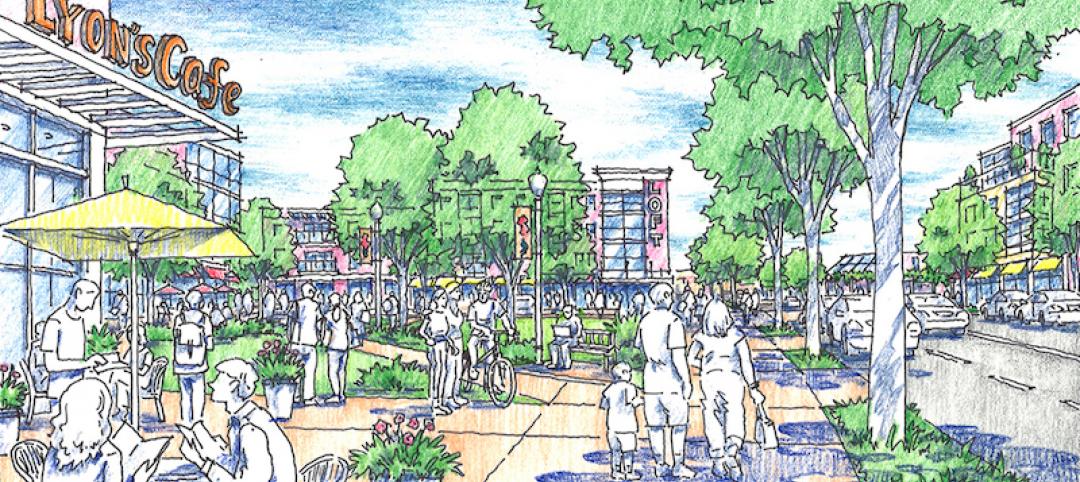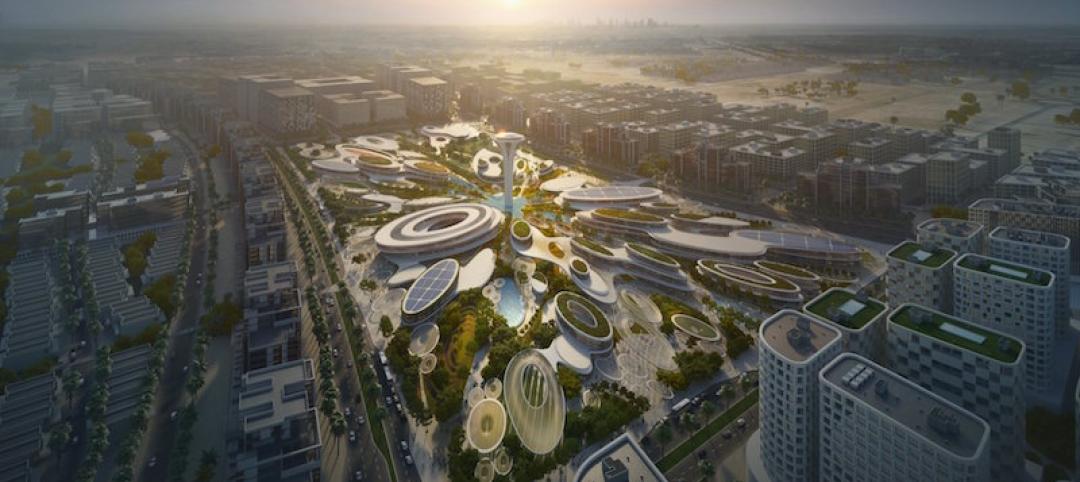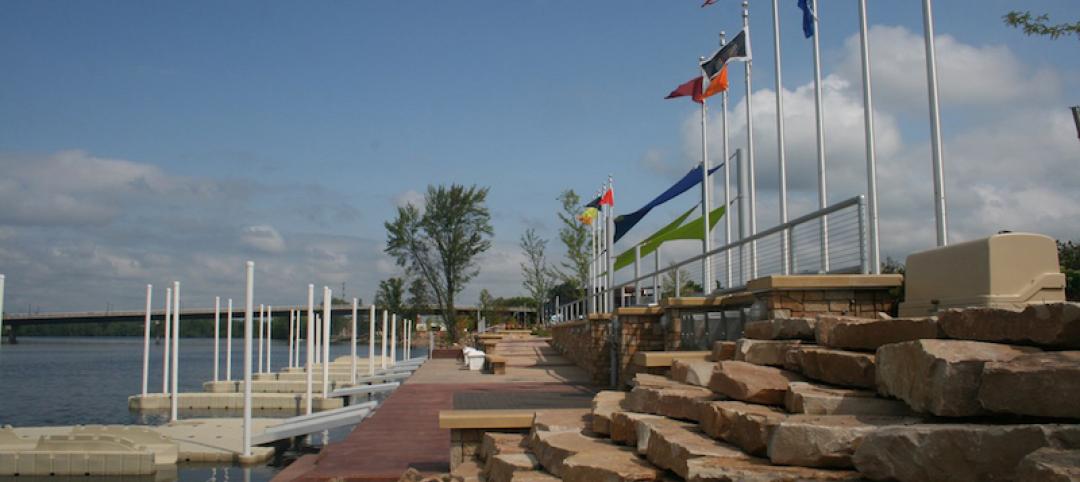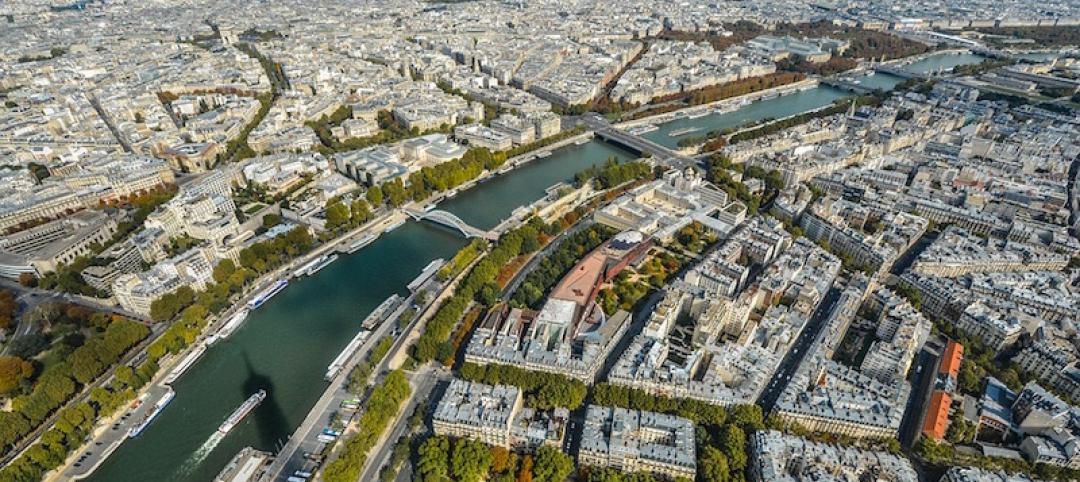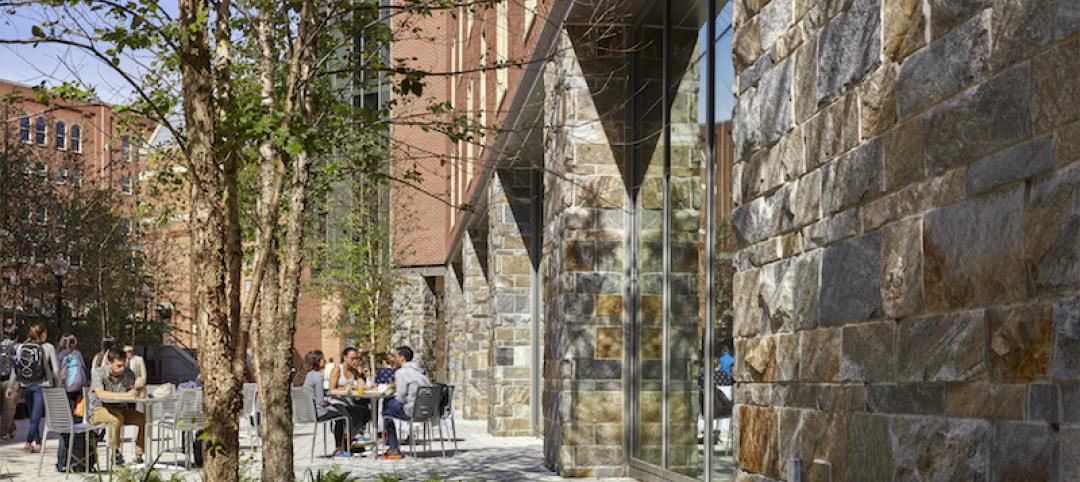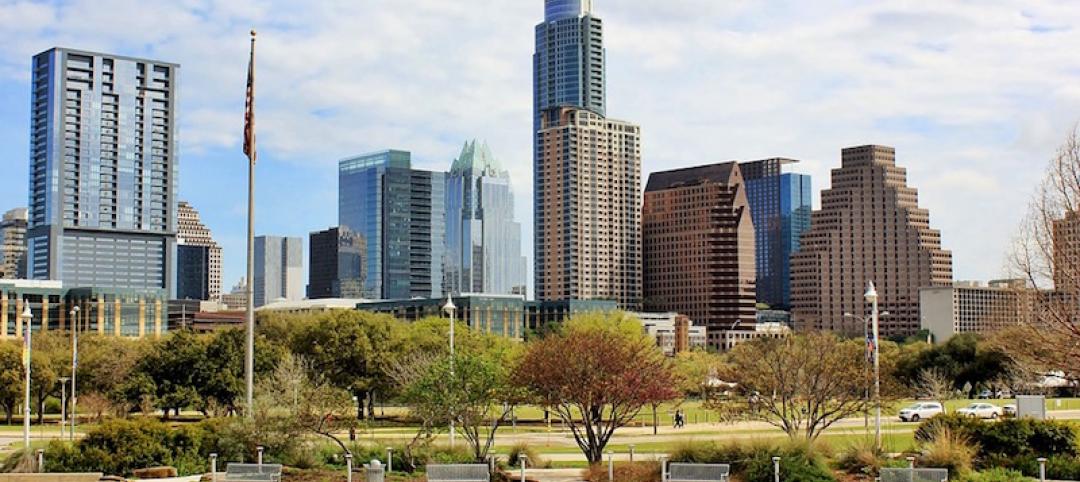Bosa Development is all in on San Diego. The Vancouver, British Columbia-based developer has been leading the latest construction boom in this southern California market, where Civic San Diego, the downtown planning agency, reports there are more than 63 projects valued at over $6.4 billion being constructed, approved, or under review.
Bosa Development, which completed seven buildings in San Diego over the past 15 years, has another eight buildings planned for construction or redevelopment in the next decade. Last month, Bosa acquired two building sites in downtown San Diego for $42.6 million, on which it plans to build up to 800 condos.
“San Diego is getting ready to pop,” Nat Bosa, the developer’s founder, told the San Diego Union Tribune recently. Indeed, in 2015 alone, developers completed 1,248 apartments, and another 8,106 are in the works, according to Civic San Diego.
Bosa Development was one of the real estate developers behind Rethink Downtown, a free public exhibit that opened last September to highlight the city’s history and culture.
San Diego’s urban core has actually been growing for quite some time. The number of people living downtown almost doubled between the years 2000 and 2013, according to the San Diego Association of Governments.
The city’s construction boom isn’t confined to multifamily, either. The giant retail developer Westfield recently announced plans for its 30-year-old Horton Plaza shopping mall. An adjacent park, which Westfield will manage, is scheduled to open in March, and the developer is considering changes to the mall that range from cosmetic fix-ups to major demolition and replacements.
Last fall, UC San Diego broke ground on a $150 million, 154,000-sf outpatient pavilion that will be build on the university’s health sciences campus in La Jolla, Calif. CO Architects designed the pavilion, which will help serve the Jacobs Medical Center, a $859 million collection of specialty hospitals that opens this year.
All of this construction and redevelopment activity is being conducted against the backdrop of a commitment that San Diego’s Mayor Kevin Faulconer made late last year to cut the city’s carbon emissions in half by 2035. To achieve this goal, the city needs to get more people and businesses to move into established neighborhoods, which will mean greater support for urban housing, an expansion of public transit, and access to renewable energy sources.
Without this commitment, the city might have been facing litigation because its environmental plan lacked sufficient enforcement measures. Faulconer’s plan calls for the city to cut total greenhouse gas emissions 15 percent by 2020 and 49 percent by 2035, based on its emission level from 2010. The plan includes a goal to reach 100% renewable energy by 2035, with an emphasis on local sources, according to Voice of San Diego’s website. And Faulconer envisions more than 60% of San Diego residents walking, riding their bikes, or taking public transit to work by 2035, compared to fewer than 10% in 2010.
Among the construction projects nearing completion in San Diego are a dual-hotel building at Lane Field at the foot of Broadway; a $555.5 million state courthouse, with 22 stories and 71 courtrooms within 704,000 sf, which should be finished this fall; and a 41-story luxury waterfront condo tower called Pacific Gate, another Bosa development that was designed by Kohn Fox Pedersen. Bosa has retained Engel & Völkers Scottsdale to market Pacific Gate, whose condo prices start at $1.4 million.
Related Stories
Urban Planning | Jun 18, 2018
In the battle of suburbs vs. cities, could both be winning?
Five years ago, experts were predicting continued urban rebound and suburban decline. What really happened?
Architects | May 3, 2018
Designing innovative solutions for chronic homelessness
What’s stopping us from creating more Permanent Supportive Housing?
Urban Planning | Mar 14, 2018
Zaha Hadid Architects selected to design Aljada’s Central Hub
The hub will be the centerpiece of ARADA’s masterplan in Sharjah, UAE.
Architects | Mar 7, 2018
New National Building Museum exhibit explores the architecture of the Manhattan Project
The exhibit will run through March 3, 2019.
Urban Planning | Feb 26, 2018
A new way to approach community involvement for brownfield projects
A new community engagement program works with young adults to help the future of the neighborhood and get others involved.
Urban Planning | Feb 23, 2018
Paris car ban along the river Seine deemed illegal
Mayor Anne Hidalgo has appealed the decision.
Urban Planning | Feb 21, 2018
Leading communities in the Second Machine Age
What exactly is the Second Machine Age? The name refers to a book by MIT researchers Erik Brynjolfsson and Andrew McAfee.
Urban Planning | Feb 14, 2018
6 urban design trends to watch in 2018
2017 saw the continuation of the evolution of expectations on the part of consumers, developers, office workers, and cities.
Urban Planning | Feb 12, 2018
Stormwater as an asset on urban campuses
While there is no single silver bullet to reverse the effects of climate change, designers can help to plan ahead for handling more water in our cities by working with private and public land-holders who promote more sustainable design and development.
Urban Planning | Jan 24, 2018
Vision Zero comes to Austin: An outside perspective
Aside from the roads being wider and the lack of infrastructure for bikes and pedestrians, there seemed to be some deeper unpredictability in the movement of people, vehicles, bikes, and buses.



